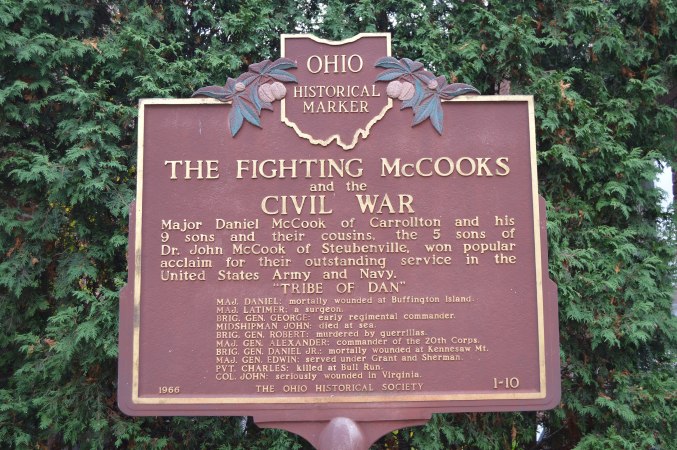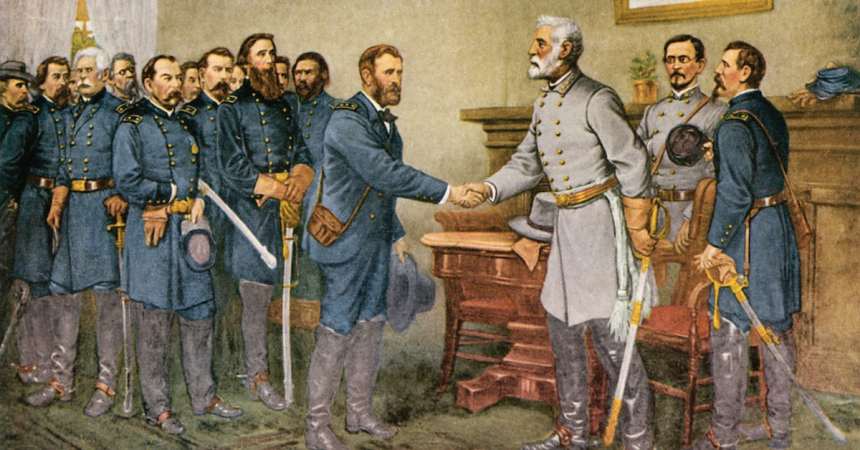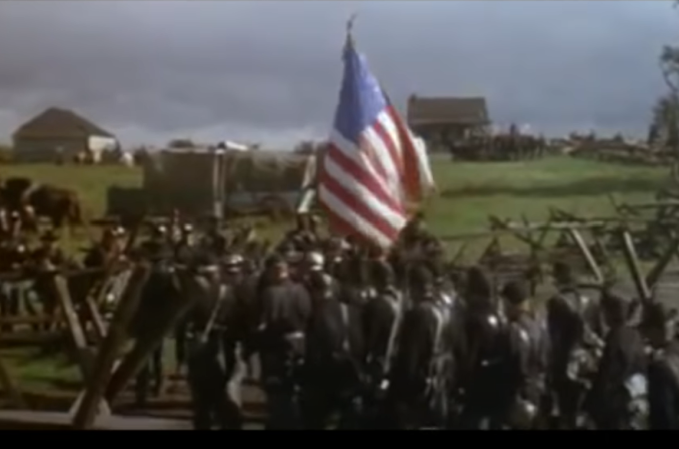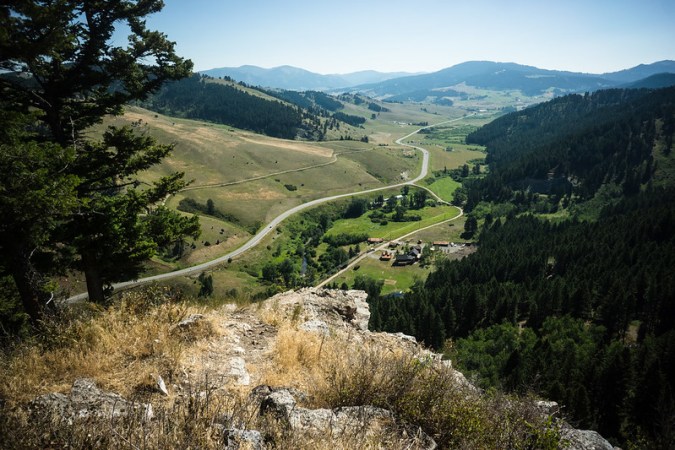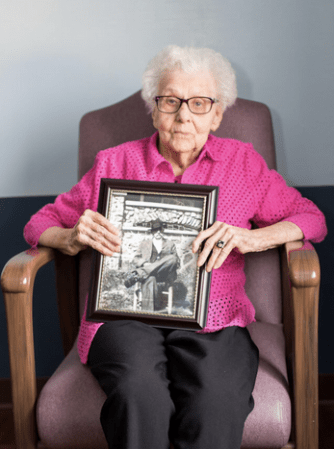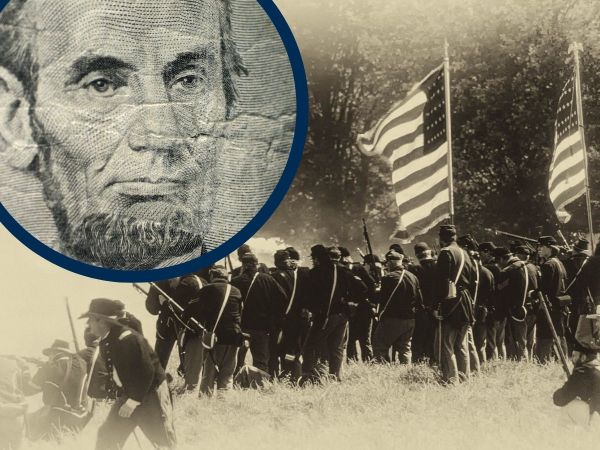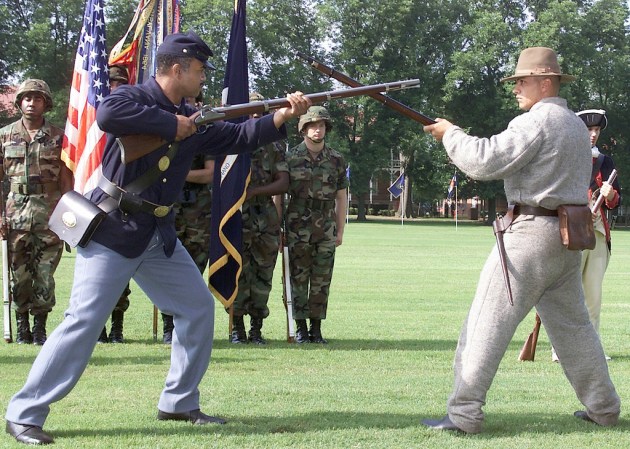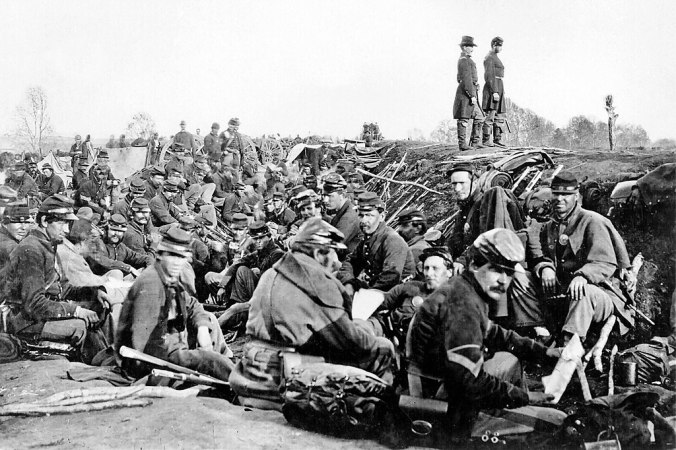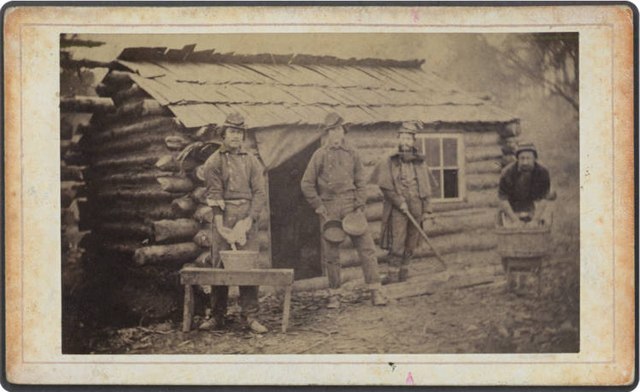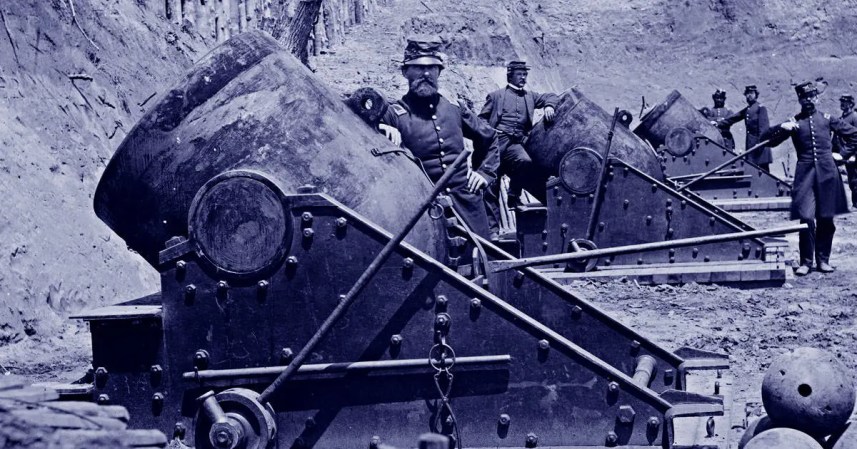According to a pair of memos produced in during Theodore Roosevelt’s administration, the Union and the Confederacy combined for roughly one thousand generals during the Civil War. Of those hundreds of generals, only one was a Native American — and he fought for the South.
Brigadier General Stand Watie isn’t that well-known, mostly because he was fighting in what the Confederates called the Trans-Mississippi Department. This region did not see battles on the scale of Antietam, Gettysburg, or Shiloh. Instead, the Civil War was more a collection of raids or guerilla warfare – and it wasn’t always the nicest of affairs.

Stand Watie was familiar with violence. As a major leader of the Cherokee Nation, he had seen family members killed and had himself been attacked in the aftermath of the removal of the Cherokee to Indian Territory in what is now Oklahoma. Many of the Cherokee owned slaves, and took them west during that removal. This lead a majority of the Cherokee to support the Confederacy when the Civil War started.
The Oklahoma Historical Society notes that Stand Watie was commissioned as a colonel in the Confederate Army after he had raised a cavalry regiment. He was involved in a number of actions, including the Battle of Pea Ridge.
The Cherokee soon were divided in the Civil War, and a number began defecting to the Union. Watie and his forces were involved in actions against pro-Union Cherokee. Watie was promoted to brigadier general, and his command would encompass two regiments of cavalry as well as some sub-regimental infantry units. His best known action was the capture of the Union vessel J. R. Williams in 1864 and the Second Battle of Cabin Creek.

By today’s standards, his unit also committed some grave war crimes, including the massacre of Union troops from the First Colored Kansas Infantry and the Second Kansas Cavalry regiments in September 1864.
Watie would later be given command of the Indian Division in Indian Territory, but never mounted any operations. By 1865, he would release his troops. He would be the last Confederate general to surrender his forces, doing so on June 23, 1865. After the war, Watie tried to operate a tobacco factory, but it was seized in a dispute over taxes.
He died in 1871.



